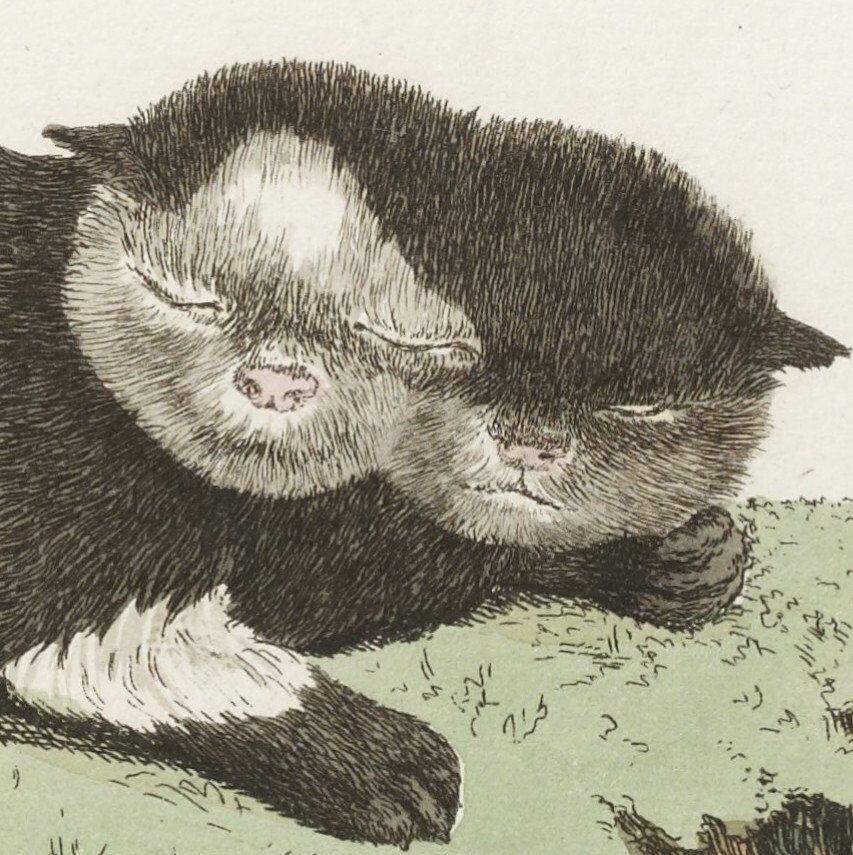What is that law where if a headline has a question mark, the answer is “no”?
Ah yes, Betteridge’s Law
Saved you a click
Actually, this violates that law.
Having experienced years of people giving me things to drink promising “this is like nothing you’ve tried before”, I was happy for it to ring true for once.
In fairness, this just says it’s unique, not necessarily that it’s good.
“Unlike an espresso it’s not bitter and harsh” tell me you don’t drink good coffee without telling me you don’t drink good coffee. Otherwise an interesting gastronomical experiment. Would be a neat alternative if it could be packaged and sold at a reasonable price.
What, the device, or the coffee?
They’d have to seal the coffee in a near complete vacuum, or ensure all air in the packaging is replaced with an inert gas; once ground, coffee oxidizes rapidly, and this is what ruins the flavor. Even whole beans oxidize, just more slowly. This is why it’s recommended you ground at the last minute, and buy beans that were roasted within the past couple of weeks.
Of all the pretentiousness in coffee culture, this is probably the one most true, most important factors to coffee quality: the impact of oxidization on roasted beans. It’s why Nespresso pods make actually decent coffee: the air in the pods is replaced with nitrogen, preventing oxidation of the grounds. If Nespresso wasn’t owned by the completely amoral Nesté, and if the pods weren’t such a terrible impact on the environmental, I’d probably give up my current process and just drink Nespresso.
However, my point is that any packaging this company could do to preserve the product would probably be as horrid for the environment as Nespresso pods. They’d have to sell grounds, because of the process; bags would be the least impactful, but how fast can you drink a pound of ground coffee? Because the grounds will be oxidized and ruined within days of opening the bag - you’ll only get great coffee the first day after opening; OK coffee the second, and shit coffee the rest. So it’d have to be pods, and now we’re back to plastic waste.
The one way I can think of this working is for cold-brew folks, because you’re brewing one big batch at a time, and using 12 or 16 oz of grounds at once. Open a bag of inert-gas vacuum-sealed grounds, dump it in, fill with water, and let brew for 12 hours.
IME, cold brew makes good coffee, in that it eliminates most of what can make coffee harsh, but it’s also the most forgiving of bean quality in that it also removes a lot of other, desirable, subtlety in the result. Cold brew is the one coffee I’ll buy from Starbucks, because their shit-quality beans don’t affect the cup much.
And, @almar_quigley, I’m keying off your response, but I am not assuming you don’t already know all of this - I’m writing for non-coffee nerds.
To be honest I didn’t read through the whole article so if they are looking at some sort of pod model then yeah this is shit. I was just focusing on the extraction method itself using hypersonic waves. But otherwise I agree with the things you’re pointing out.
Oh! Good point! Selling the extracted product would be viable. I can’t see any reason they couldn’t sell boxes of brewed coffee.
Ideally concentrated though. Shipping water is certainly not environmentally friendly
Yup, agreed. Better than those damned pods, though.
Looking at the paper https://www.sciencedirect.com/science/article/pii/S1350417724001330 the ultrasonic transducer looks like it’s bolted onto a standard espresso machine.
It shouldn’t be too hard to implement for a manufacturer.
How long until this method gets adopted by high end coffee shops so I can go somewhere and try it?



